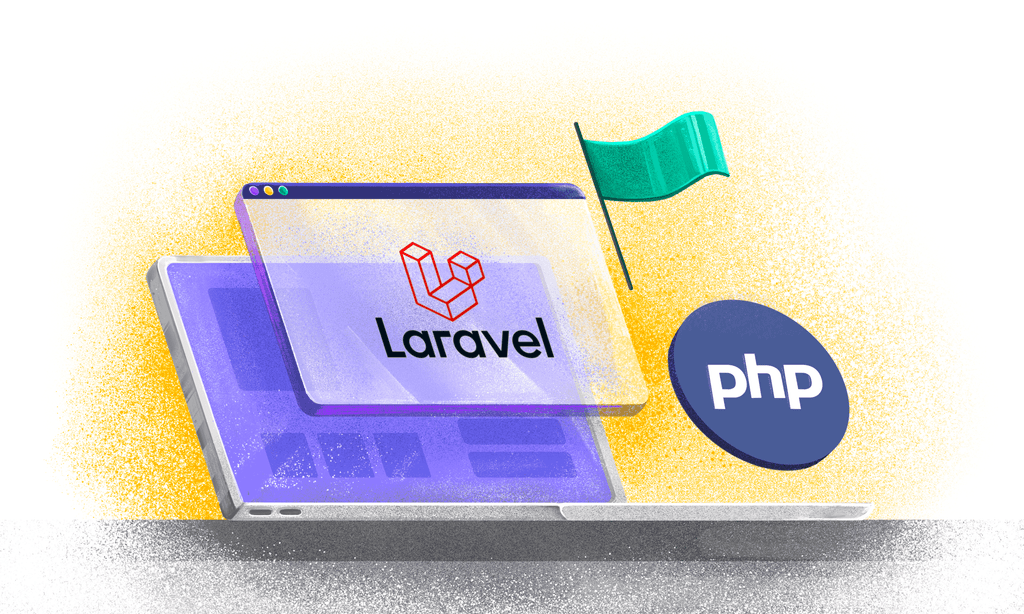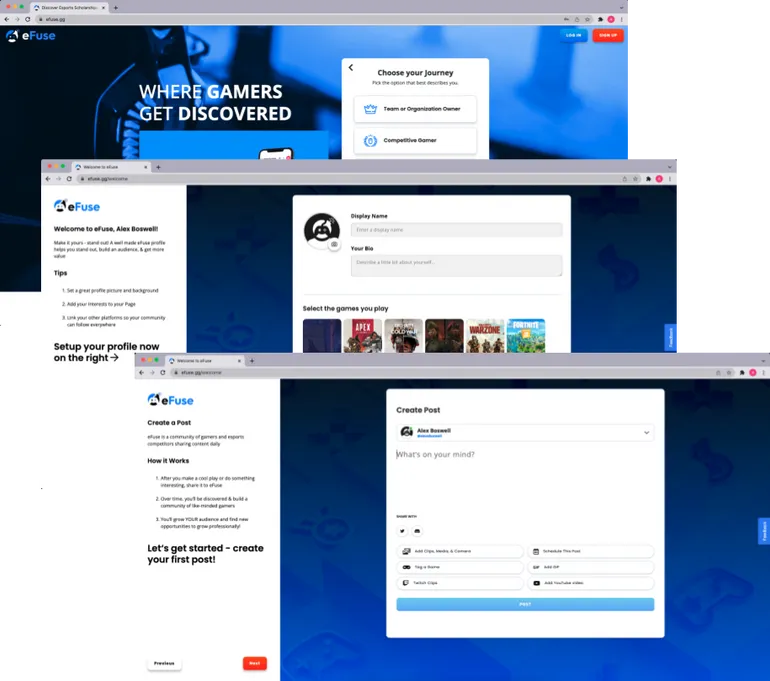Employees on Bootstrapping

A lot of people look at the founder's experience when they weigh up bootstrapping vs. venture capital. This is a volatile investment time, though, and huge swathes of employees are still being affected by layoffs, RIFs, and companies going under. Employees are evaluating what type of company they want to work for, and rightly so.
I got together a group of Flagsmith employees to share our honest opinion on the pros and cons of the bootstrapping track.
Note: Every company and employee experience is going to be different. This is our vantage point as employees in a lean, profitable, early-stage bootstrapped company.
Bootstrapping Pros
We choose our goals and focus

We set our pace and focus internally instead of having them set by an external board of investors. We’ve been able to align, figure out what matters to us, and set realistic goals around that. There’s a huge sense of excitement throughout the team when we hit our targets.
In our experience, at VC-backed companies goals, strategy and processes are externally dictated by investors who often don’t understand the intricacies of your team and culture. VC firms come with strong backgrounds and industry connections, but that doesn’t necessarily translate to understanding what makes your company (and team) tick. The layer of separation leaves you feeling like you’re on a ship but don’t have a say in its course.
Similarly, VC puts the focus on money. The goals can be lofty and once you hit a quota you immediately feel the pressure to double down to the next goal. It can push companies to grow fast, and the level of growth can be intoxicating—but it can feel like a treadmill and the focus on money can feel a bit meaningless.
The culture feels aligned
The lack of external influence means we feel like partners who are building together with the resources (and financial constraints) we have. We’re part of important conversations and we work closely together. This results in a highly collaborative mindset. There are fewer siloes and the departments work together towards the goals we’ve all set, which lowers the risk of misalignment.
It’s harder to achieve that alignment in a VC-funded company because of the external pressure, and the conversations with the board that are closed off from everyone else.
The elephant in the room is that if something fails in the VC relationship it affects everyone, but many people don’t have a seat at the table.
There’s less chance of hiring (and laying off) quickly

It’s common for VC-backed firms to raise money and then hire quickly to grow fast. This can create a cultural drift where suddenly no one knows each other. Plus, new hires don’t have the time to process the company’s culture and background or correctly understand the goals. By bootstrapping, we’re growing much more slowly and intentionally, which lowers that risk.
Layoffs and RIFs in VC firms can be brutal, too. We’ve experienced this first-hand, as so many have. After big layoffs, everyone’s demoralised and unsettled. You feel bad for colleagues who got hit, you question whether you’re next, and it all leaves a bad taste.
Layoffs can happen anywhere but in bootstrapped companies, it feels like there's less chance of the rug being pulled out from under you. Strategic conversations are more internal, there’s more visibility across the company, and hiring tends to happen more intentionally. Plus, now that we’ve hit profitability (without a runway), there’s a tonne of stability.
Bootstrapping Cons
Fewer standardised policies
The external influence of VC backing often translates to more established processes and protocols. This can benefit things like HR and infrastructure. When you’re bootstrapping, you’ll likely be building a lot of processes internally as you go. This can work in the right company, but it is a risk.
Similarly, in VC-backed companies, you have funding to take on tooling and expenses more easily. When you bootstrap, you have to make tough financial decisions and think seriously about investments. This means that bringing on new tooling and scaling infrastructure tends to happen at a slower pace. More often than not, at a bootstrapped company, we need to get creative to automate things or to make processes more efficient.
As a note: VC spending can get wasteful. Many of us can think of times that we’ve gone to VC-backed events and retreats and felt like we were wasting money—because we were.
Not being able to hire fast
When we’re hitting our stride and growing, we still need to hire strategically. Say we’re in a crazy busy sales period and feel we could use an extra salesperson. We can't just hire; we have to pressure-test and think hard about things like our long-term plan.
As discussed, there are pitfalls to VC-backed companies hiring fast after raising funds. But hiring quickly can accelerate growth and help you turbocharge, too.
It’s a fine balance. Stretching ourselves thin as a lean team can feel overwhelming, but it also forces us to make sure we’re efficient. We often have to pressure-test processes and be incredibly strategic before we bring someone on.
Dependencies
These factors can swing between pros and cons depending on the company and the employee.
Personal responsibility
There’s often more pressure on individual employees in bootstrapped companies. We’re such a core part of the company’s vision and we feel a personal responsibility for helping it grow.
This is hugely empowering because we can have a real impact and build something. The sense of pride and the freedom to be creative is phenomenal.
The level of ownership also means that we have to be smart about our bandwidth, though. We feel the responsibility, and there are insanely busy times when everyone is in overdrive. This can come out in things like difficulty stepping away or delegating—especially as early hires and heads of departments.
Financial gains
Pro bootstrap
- Bootstrapping is a more guaranteed path to financial gain, whether through dividends (which are usually nonexistent in VC-backed companies) or a deal. Exits should also be easier with fewer stakeholders.
- VC companies feel like a lottery ticket. If you get lucky, the gains can be massive, but more often than not you lose and get nothing.
Pro VC
- Getting equity compensation is more of a norm in VC-backed companies. The structure and cap tables naturally give equity to employees.
- You’re at the mercy of the founder of a bootstrapped company. Founders can give you a fair package or screw you over. We’ve seen a lot of lopsided cap tables for bootstrapped businesses.
- Bootstrapping has a clearer path to financial gain, but those gains tend to be modest. If you’re in a VC-backed company that makes it big, the scale can be phenomenal.
PoV on Bootstrapping From Different Departments
We sat down as employees from different parts of the company and shared our perspectives on bootstrapping for our roles.

Sales
As a sales team, bootstrapping lets us align with prospects without external pressures and quotas to sell against. We aren’t beholden to things like externally set pricing plans and our profit margin is so significant that we can bend and work with customers that we believe can add value to our company evolution.
When you have VC money, you also have to be very cookie-cutter in your process. By bootstrapping, we can create our processes and pressure-test them in ways that make sense for us. This means we can be more agile. For example, we know that many teams use our open-source product, and we can adapt to meet their different requirements and entry points. We’re not strictly focused on commercial sales.
Marketing
In marketing, having more autonomy and creative freedom is gold dust. For example, we’re very real about our story and I get to share the more personal elements of the company in our marketing (as in this article!).
Being a bootstrapped team means working with fewer resources than marketing might have with VC backing, but I can look long-term and build repeatable long-term strategies because sustainability is baked in.
Engineering/Technical
As engineers, we’re very familiar with the decisions behind the technical stack I work with. There are no hidden motivations and I'm familiar with (and clearly understand) our growth paths. I understand the technical decisions the way that we want to build, and I get to have a say in what that looks like.

.webp)



























































.png)
.png)

.png)

.png)


.png)






















.png)












